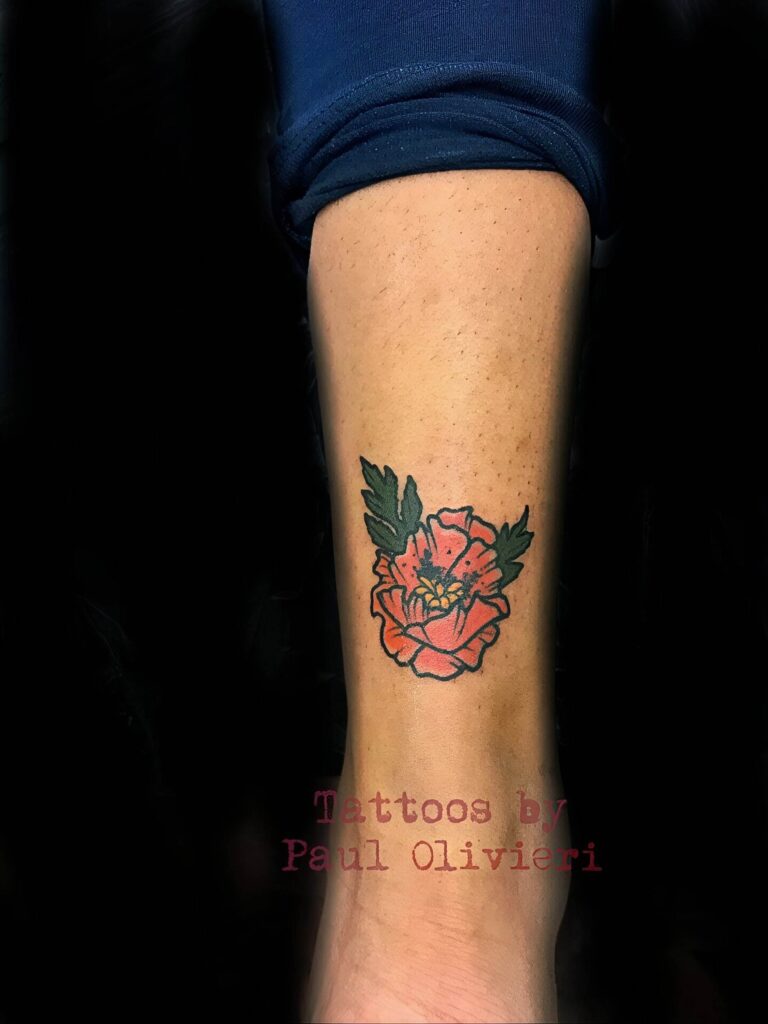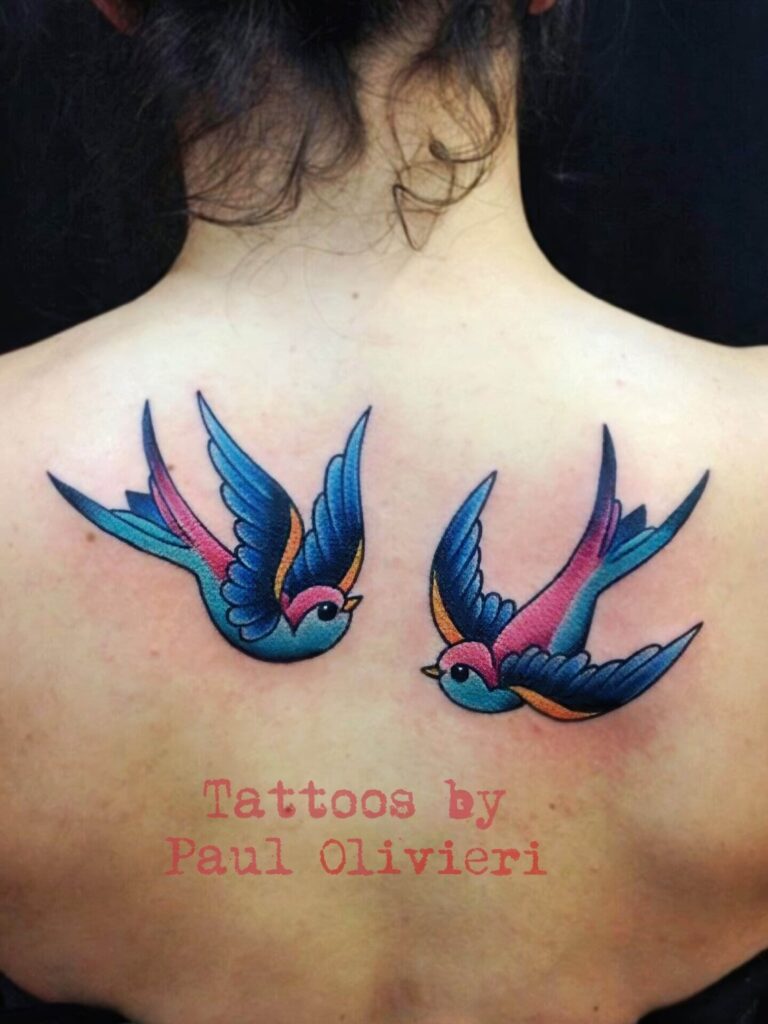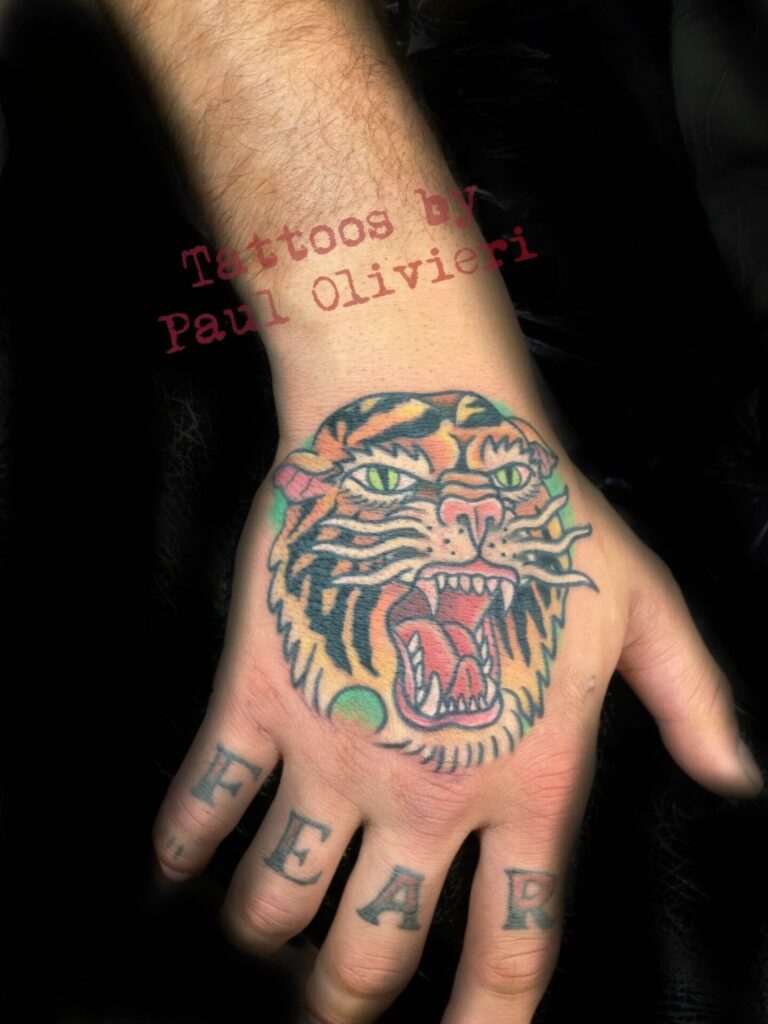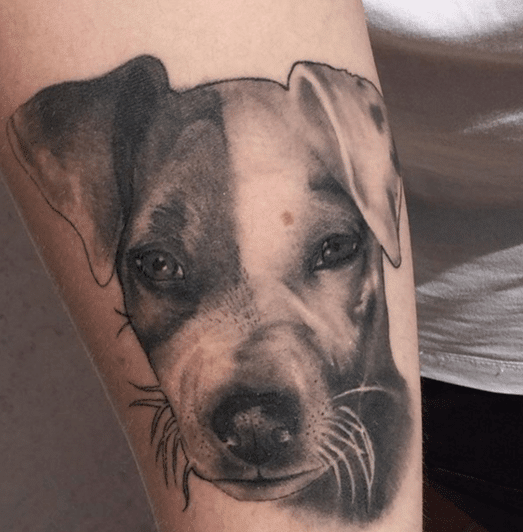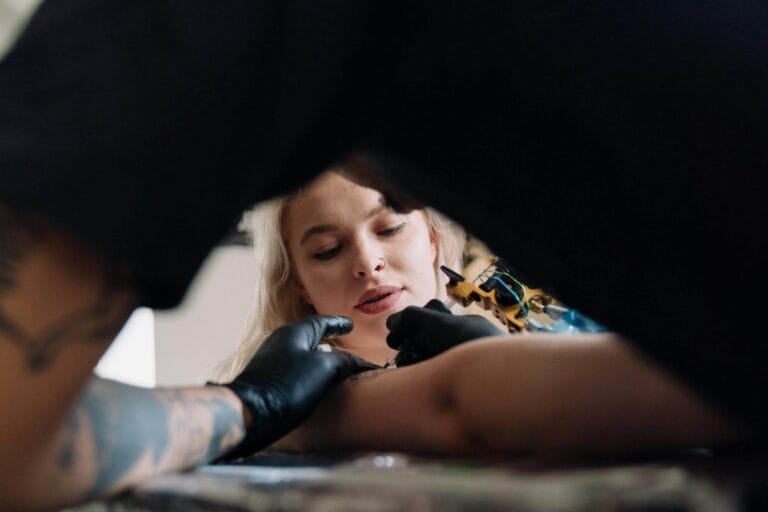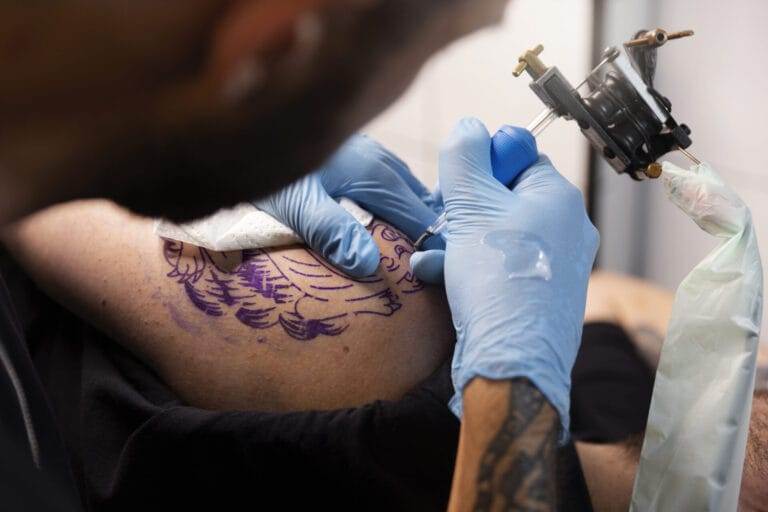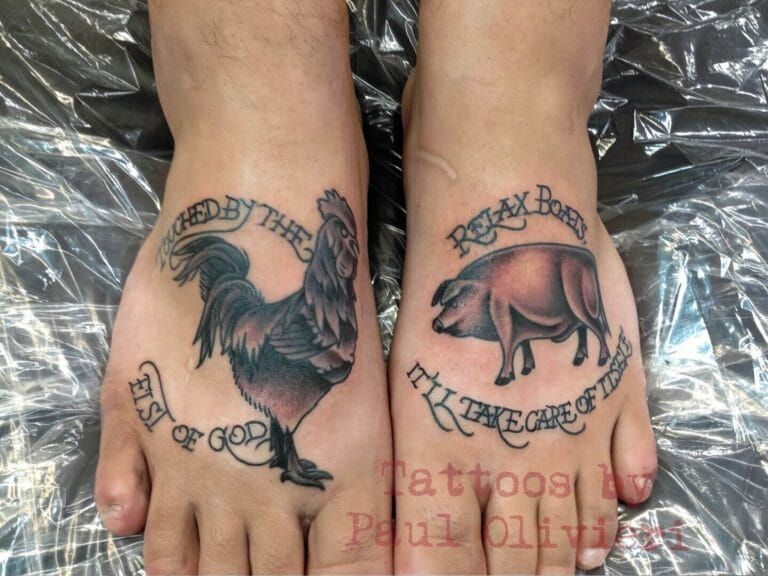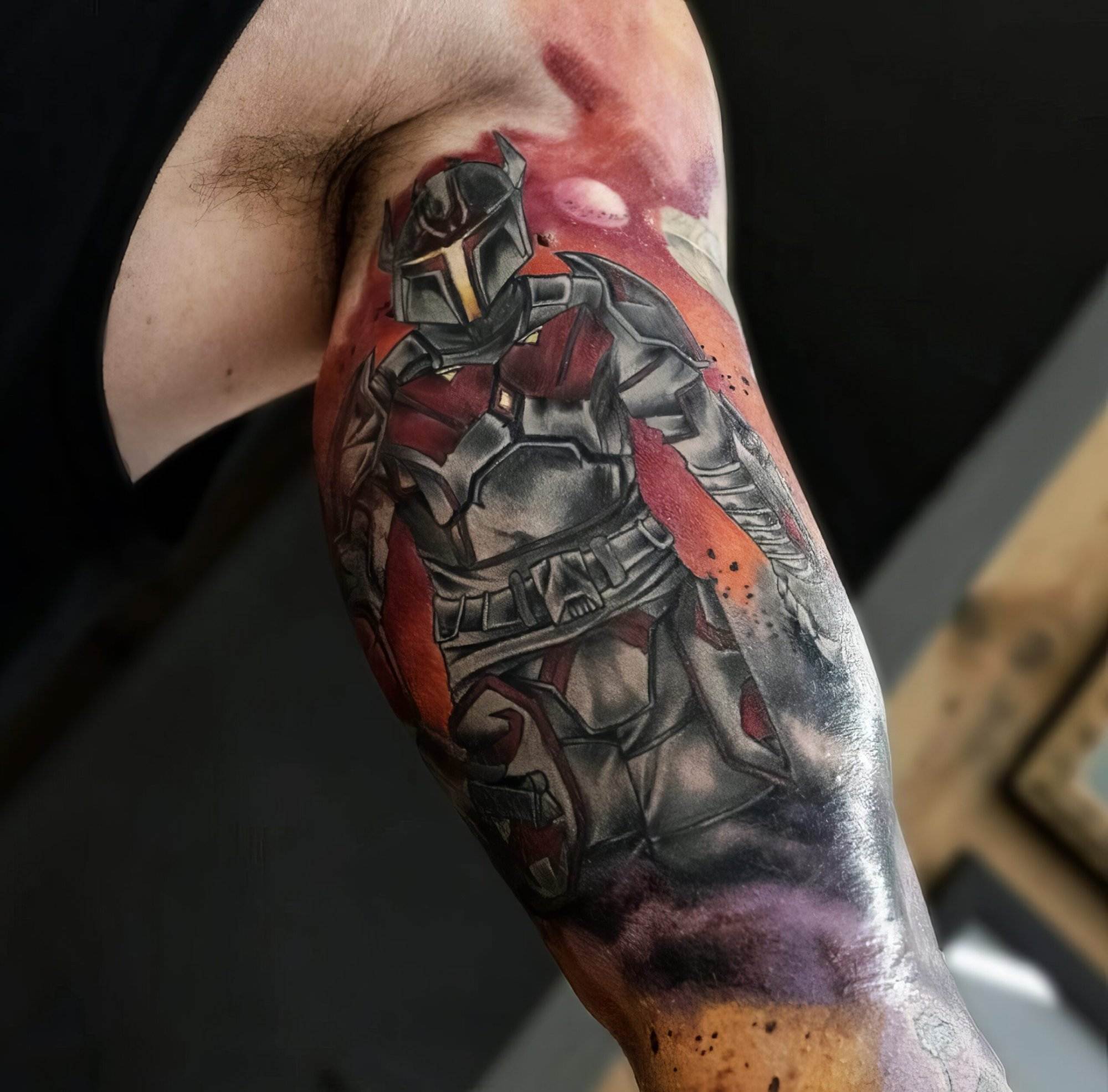
Understanding the Tattoo Process
The tattoo journey begins long before the needle touches the skin. To ensure a satisfying experience and a design that resonates personally, understanding the tattoo process is essential. This involves thorough research and making informed decisions.
Importance of Research
Before diving into the world of tattoos, it is critical to dedicate time to research. The significance of understanding various aspects of tattooing cannot be overstated. This process includes:
- Understanding Tattoo Styles: There are various styles to choose from, such as traditional, realism, tribal, and watercolor. Each offers a unique flair and can convey different meanings. Researching these styles can help individuals identify what resonates with them.
- Identifying Right Tattoo Artists: Not every tattoo artist specializes in every style. Investigating local tattoo shops, like Redemption Ink, and their artists’ portfolios can assist in finding someone whose work aligns with personal vision and expectations. Look for:
- Artist’s experience
- Reviews from previous clients
- Hygiene and safety standards
- Learning About Pain Levels: Knowing where the tattoo will be placed on the body helps anticipate pain levels. Areas like the ribs or spine tend to be more sensitive, while fleshy areas may be less painful.
Taking the time to conduct proper research creates a solid foundation for a positive tattoo experience. It leads to informed choices and sets the stage for satisfactory outcomes.
Choosing the Right Design
Once research is completed, the next crucial step is selecting the right design. The tattoo should be meaningful and represent a personal story or belief. Here are some tips for choosing a design:
- Consider Personal Significance: A tattoo should reflect personal values, memories, or milestones. Whether it’s a symbol of strength or a tribute to loved ones, understanding the why behind the tattoo helps in choosing a design.
- Visualize the Design: Spend time imagining the design, considering elements such as color, size, and placement. It can be beneficial to sketch ideas or use design software to visualize how the tattoo would look.
- Consult Professionals: Once a few ideas are formed, discussing them with a professional at a shop like Redemption Ink can provide valuable insights. They can assist in refining the design, ensuring it translates well onto the skin.
- Avoid Trends: While it might be tempting to choose a design just because it’s popular, it’s advisable to avoid trends that might not hold personal significance long-term. Always choose something that maintains its relevance over the years.
In summary, understanding the tattoo process through comprehensive research and thoughtful consideration of design paves the way for a successful tattoo experience. It not only ensures personal satisfaction but also builds a stronger bond with the chosen art form. As individuals arm themselves with knowledge and intention, they embark on a transformative journey that celebrates their individuality.
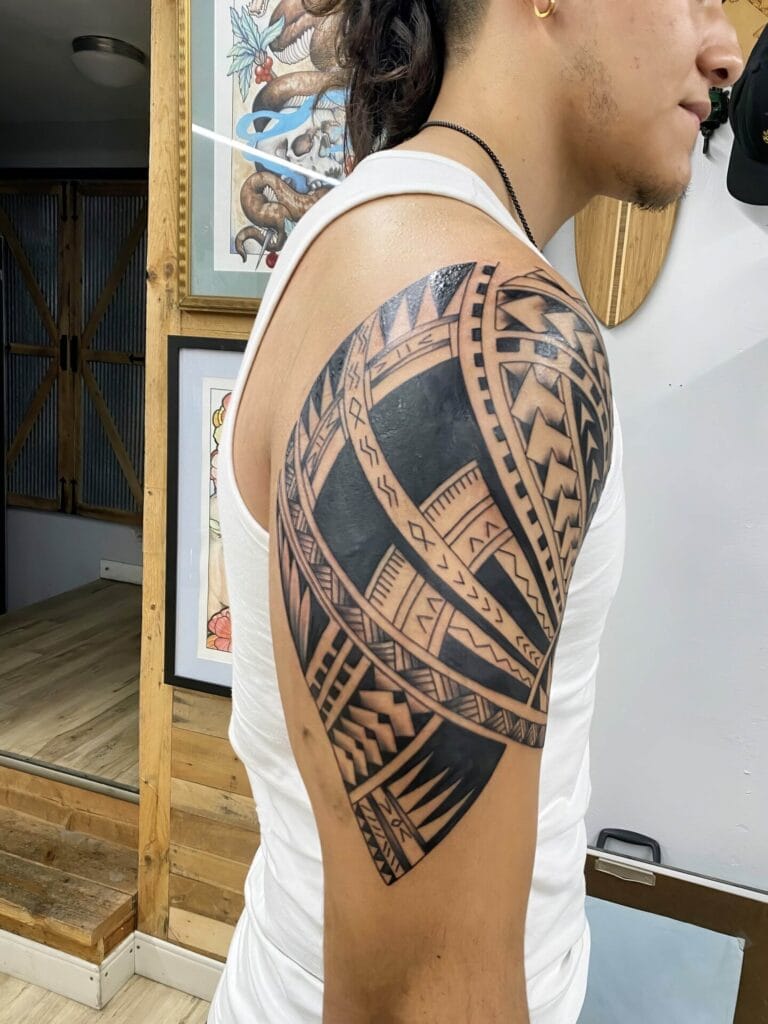

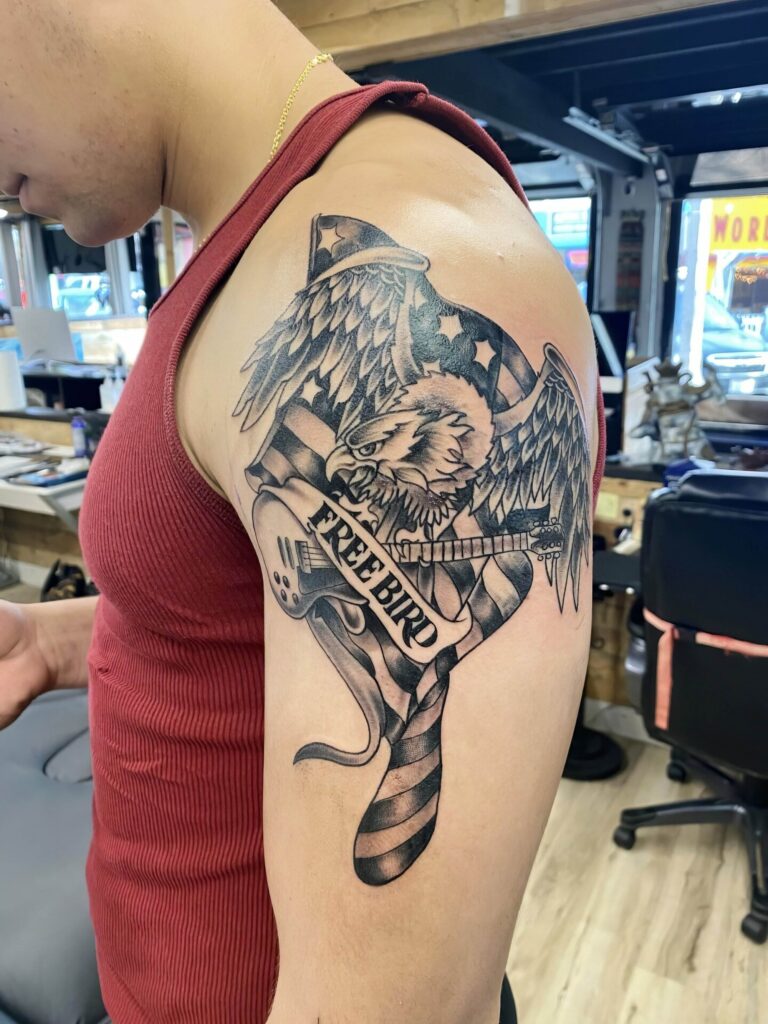
Preparing Mentally and Physically
Once an individual has conducted thorough research and selected the right design for their tattoo, the next phase involves preparing both mentally and physically for the experience. This preparation is crucial to ensure comfort and minimize any anxiety associated with the process.
Hygiene and Skincare
One of the most essential aspects of preparing for a tattoo is ensuring proper hygiene and skincare. This not only helps in the overall experience but also ensures the safety and cleanliness of the procedure. Here are some guidelines:
- Skin Care Routine: Prior to the appointment, it is imperative to keep the skin healthy and hydrated. Applying moisturizer regularly can make the skin supple, which is beneficial for tattooing. Hydrated skin allows for better ink absorption.
- Shaving the Area: If the tattoo is located in an area with hair, it’s advisable to shave the site a day before the appointment. This should be done gently to avoid irritation, as fresh razor burns can lead to complications during the tattooing process.
- Avoiding Sun Exposure: Exposure to the sun can dry out the skin and create sensitivities. Avoiding direct sun exposure or applying sunburn relief lotion a few days before the appointment will help maintain skin integrity.
- Consulting with the Artist: It is beneficial to have an open dialogue about skincare with the tattoo artist. They may offer specific recommendations based on the individual’s skin type and tattoo location.
By taking these hygiene and skincare steps, individuals can significantly enhance their tattoo experience while safeguarding against potential complications.
Mental Preparation Techniques
In addition to the physical preparations, mental readiness is equally important. Tattoos can evoke a mixture of excitement and apprehension, and mastering that mental space can lead to a more enjoyable process. Consider implementing the following techniques:
- Visualization: Imagine the tattoo experience from start to finish. Visualizing the environment, the process, and the end result can create a sense of familiarity. This technique can ease anxiety by allowing the individual to mentally rehearse the experience.
- Breathing Exercises: Focusing on deep, steady breaths reduces tension and anxiety. Before heading into the tattoo studio, practice inhaling slowly through the nose, holding for a count of four, and exhaling through the mouth. This rhythmic pattern helps stabilize heart rates and calms the mind.
- Setting Intentions: Take a moment to reflect on the reasons for getting the tattoo. Establishing clear intentions helps reinforce the significance of the experience, transforming nervous energy into excitement.
- Listening to Music: Creating a playlist of favorite songs or relaxing tunes can provide a comforting ambiance during the appointment. Music has a powerful effect on mood and can serve as a distraction.
Preparing both mentally and physically equips individuals with the tools necessary for a successful tattoo experience. By prioritizing hygiene and embracing mental techniques, the journey becomes not just about the tattoo on the skin, but also the positive emotions tied to the experience itself. As one stands before the artist, ready for this meaningful step, the combination of physical readiness and mental clarity will undoubtedly enhance the process.
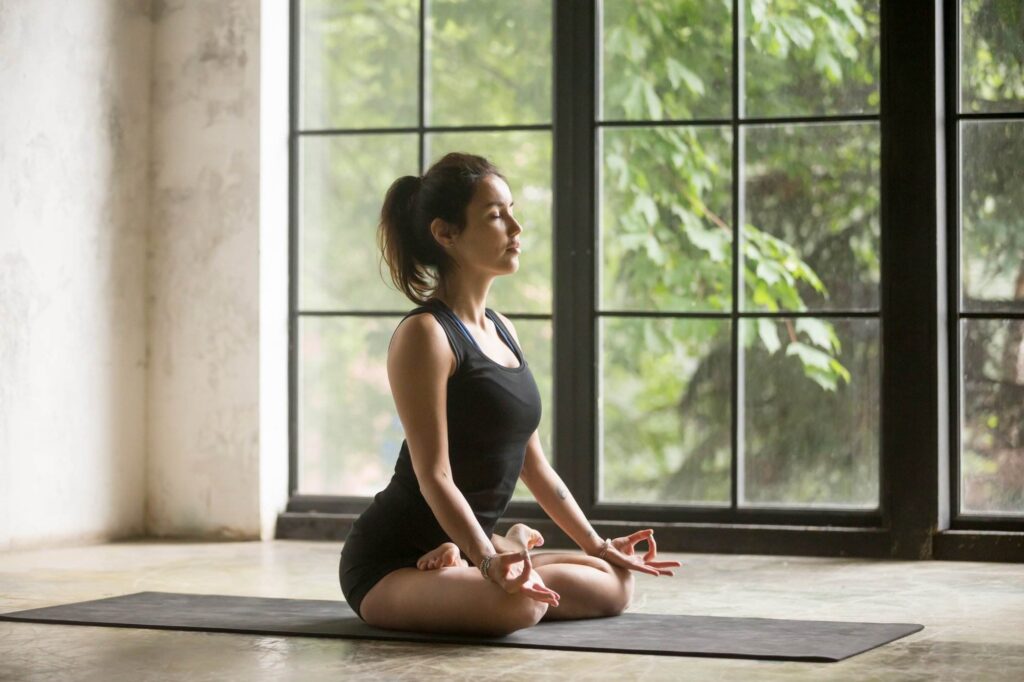

Getting Ready for the Appointment
With the mental and physical preparations in place, the next step is gearing up for the appointment itself. This stage is about creating an environment that is comfortable and conducive to a positive tattooing experience. Here are some key factors to consider: what to wear and ensuring proper nutrition before the appointment.
What to Wear
Selecting the right clothing can greatly enhance comfort levels during the tattooing process. Here are some tips on how to dress appropriately for the appointment:
- Choose Loose Clothing: Opting for loose-fitting clothes is essential, especially if the tattoo is located on an area that could be restricted by tight garments. Loose sleeves or pants can make it easier for the artist to access the desired area without cumbersome fabric getting in the way.
- Pick Dark Colors: Tattoos can sometimes ooze ink or fluids, particularly right after the process, making it wise to wear darker colors. This choice helps to camouflage any potential stains and keeps the focus on the tattoo itself.
- Dress for the Weather: If the appointment is in a warmer climate, breathable fabrics such as cotton can help keep the body cool. Conversely, if it’s colder, layering can help maintain comfort during the session.
- Avoid Accessories: It’s best to minimize accessories like jewelry that might get in the way or require removal during the tattooing session. Choosing simple, functional clothing allows for ease of movement and concentration on the process.
Keeping these clothing tips in mind ensures that comfort and practicality come first, allowing the focus to remain on the tattoo itself.
Eating and Hydrating Properly
In the hours leading up to the appointment, what you consume can significantly influence how the body responds during the tattooing process. Nutrition and hydration are key factors to consider:
- Stay Hydrated: Drinking plenty of water before the session ensures that the skin is well-hydrated, ultimately aiding the tattooing process. Aim for at least 8 to 10 glasses of water on the day of the appointment. Dehydration can make the skin appear tougher and potentially lead to additional discomfort.
- Eat a Nutritious Meal: Having a balanced meal is crucial. Focus on a meal that contains:
- Protein (e.g., chicken, fish, or legumes)
- Healthy fats (e.g., avocados, nuts, or olive oil)
- Fresh fruits and vegetables for vitamins
- Avoid Alcohol and Caffeine: It’s important to avoid alcohol and excessive caffeine before the appointment. These substances can dehydrate you and may lead to increased sensitivity during the tattooing process.
Being mindful about what to wear and what to eat helps set the stage for a successful tattoo appointment. By ensuring that comfort meets proper nutrition, individuals can fully embrace the occasion, transforming what can be an anxious moment into a fulfilling experience. With preparations made, it’s now time to step into the tattoo studio confident and ready to bring that meaningful design to life.
Managing Pain and Discomfort
As the appointment day arrives, one might find themselves feeling a mixture of excitement and apprehension regarding the pain and discomfort that can accompany getting a tattoo. Understanding methods to manage this discomfort can significantly enhance the overall experience. Two effective strategies for dealing with pain are utilizing numbing creams and sprays as well as employing breathing techniques during the session.
Numbing Creams and Sprays
Numbing creams and sprays have gained popularity among those looking to minimize the sensation of pain during tattooing. These products work by temporarily blocking nerve signals in the area where the tattoo will be applied. Here are some important considerations:
- Consulting the Artist: Before using any numbing agent, it’s essential to discuss it with the tattoo artist. They can provide valuable insights about the effectiveness of specific products and advise on any potential interactions with the ink or technique.
- Choosing the Right Product: There are various over-the-counter options available. Look for creams or sprays that contain lidocaine, which is a common anesthetic. To achieve optimal results, consider the following:
- Apply the cream about 30 to 60 minutes before the session.
- Follow the specific instructions on application and removal; some products may require covering with a plastic wrap for increased absorption.
- Check for Allergies: Always perform a patch test on a small section of skin to check for allergies, especially if it’s being used for the first time. This precaution helps avoid adverse reactions during the tattooing process.
Using numbing creams and sprays can help reduce anxiety surrounding pain and allow individuals to focus more on the experience rather than the discomfort.
Breathing Techniques for Pain Relief
In addition to topical treatments, mastering breathing techniques can play a vital role in combatting pain and discomfort during the tattooing process. These techniques not only help in easing physical sensations but also contribute to mental relaxation. Consider the following approaches:
- Deep Breathing Exercises: Take slow, deliberate breaths to calm your body and mind.
- Inhale deeply through the nose, allowing the abdomen to expand.
- Hold the breath for a count of four.
- Exhale through the mouth slowly, letting go of tension.
- Visualization Techniques: While focusing on breathing, visualize a calming scene or memory. Picture a serene beach or a favorite holiday spot. Engaging the mind in this way can divert attention from the sensation of pain.
- Count Your Breaths: Counting can be a great distraction. As you breathe in and out, silently count each breath. This practice not only maintains focus but can also establish a meditative mindset.
- Practice Before the Appointment: Familiarize yourself with these techniques before the appointment. Rehearsing them can help make them more effective when the time comes.
By incorporating the use of numbing creams and breathing techniques into the tattoo process, individuals can significantly mitigate pain and discomfort. This dual approach allows one to embrace the tattooing experience with confidence, transforming potential anxiety into a journey of self-expression and artistry. With these methods in place, the anticipation shifts from dread to excitement as one prepares to unveil their unique masterpiece.
Aftercare Tips for Healing
With a fresh tattoo now beautifully etched on the skin, the excitement of showing it off can be overwhelming. However, proper aftercare is crucial to ensure the tattoo heals well and maintains its vibrancy over time. Two fundamental aspects of aftercare include cleaning and moisturizing the tattoo, as well as taking steps to avoid sun exposure.
Cleaning and Moisturizing
The first step to good aftercare begins with cleaning, which helps to prevent infection and promote healing. Here are some tips to keep in mind:
- Gentle Cleaning: After the tattoo session, it’s essential to clean the area. Use lukewarm water and a mild, fragrance-free soap. Gently wash the tattooed area with clean hands — avoid scrubs or loofahs that can irritate the skin.
- Pat Dry: After cleansing, always pat the tattoo dry with a clean towel. Avoid rubbing the area as this can disrupt the healing skin and irritate it further.
- Moisturizing: Once the tattoo is dry, it’s time to apply a thin layer of a recommended tattoo aftercare ointment or a fragrance-free moisturizer. Some artists suggest specific products; always consult with your tattoo artist for the best advice. Look for:
- A non-comedogenic product to avoid clogging pores.
- Natural ingredients known for their soothing properties, like aloe vera or vitamin E.
- Consistency is Key: For the best results, apply moisturizer around 2-3 times a day for at least two weeks. Regular moisturizing keeps the skin hydrated and helps the healing process, preventing scabbing and fading.
Maintaining a diligent routine of cleaning and moisturizing promotes optimal healing and maintains the tattoo’s clarity and color.
Avoiding Sun Exposure
Sun exposure can be detrimental to a new tattoo. UV rays can fade ink and impede the healing process, making it crucial to protect the tattooed skin. Here are effective strategies to minimize sun exposure:
- Cover Up: In the weeks following the tattoo, wear loose-fitting clothing that covers the tattooed area when spending time outdoors. This barrier helps shield the skin from harmful rays.
- Use Sunscreen: Once the tattoo has healed (typically after 2-4 weeks), applying sunscreen becomes vital to preserve the tattoo’s vibrancy. Choose a broad-spectrum sunscreen with at least SPF 30, and reapply every two hours when exposed to the sun.
- Avoid Tanning Beds: Tanning beds can also contribute to fading. It’s wise to steer clear of them until the tattoo is well-healed.
- Timing Your Exposure: If possible, limit direct sun exposure during peak hours (usually 10 a.m. to 4 p.m.). Instead, enjoy outdoor activities in the early morning or late afternoon.
Taking the time to implement these aftercare tips for healing is essential for preserving the beauty and integrity of a new tattoo. From gentle cleaning and moisturizing to protecting against sun exposure, each step plays a critical role in achieving the desired long-term results. As the tattoo heals, dedication to aftercare ensures that it remains a meaningful piece of art, a testament to personal expression, and a lasting symbol of the transformation journey.

